Understanding the Cost-Effectiveness of Jelly Pouch Packing Machines
Unlocking the Cost-Effectiveness of Jelly Pouch Packing Machines: A Comprehensive Guide
In the competitive realm of food packaging, efficiency is paramount. Jelly pouch packing machines have emerged as game-changers, offering unmatched speed and precision in the production of delectable jelly pouches. However, navigating the complexities of cost-effectiveness can be a perplexing endeavor. This comprehensive guide will illuminate the key factors that determine the efficiency and return on investment of these cutting-edge machines.
1. Production Output: The Heartbeat of Efficiency
The primary determinant of cost-effectiveness is production output. High-speed machines can churn out thousands of pouches per hour, significantly reducing labor costs and increasing throughput. Consider factors such as the number of filling heads, pouch sizes, and production speed to identify machines that align with your specific production needs.
2. Material Costs: Shaping the Pouch’s Economics
Jelly pouch material costs can vary depending on the type of film used. Opting for economical films without compromising on quality can minimize expenses. Explore options such as polyethylene, polypropylene, or laminates to strike the perfect balance between cost and product integrity.
3. Maintenance and Upkeep: Ensuring Longevity
Regular maintenance and upkeep are crucial to maintaining optimal performance and avoiding costly breakdowns. Look for machines with self-diagnostic capabilities, easy-access components, and reliable after-sales support. Proactive maintenance plans can extend equipment life and minimize downtime.
4. Energy Consumption: A Silent Cost Factor
Energy-efficient machines translate to lower operating expenses. Consider factors such as energy consumption per unit of production and standby power consumption. By opting for energy-saving features, businesses can reduce their carbon footprint and enhance sustainability.
5. Automation: Empowering Efficiency
Automation is a key driver of cost-effectiveness. Machines with automated pouch feeding, sealing, and handling systems can minimize operator intervention and optimize labor utilization. This not only reduces production time but also improves accuracy and consistency.
6. Return on Investment: Quantifying Value
To truly measure cost-effectiveness, it’s essential to calculate return on investment (ROI). Consider factors such as machine life expectancy, production capacity, operating costs, and market demand to determine the potential financial benefits of the investment.
Selecting the most cost-effective jelly pouch packing machine requires a holistic approach that considers a range of factors. By optimizing production output, material costs, maintenance, energy consumption, automation, and ROI, businesses can unleash the full potential of these machines and drive profitability in their packaging operations. By embracing a comprehensive understanding of these key determinants, food manufacturers can make informed decisions that will maximize efficiency, minimize costs, and enhance their bottom line.
-
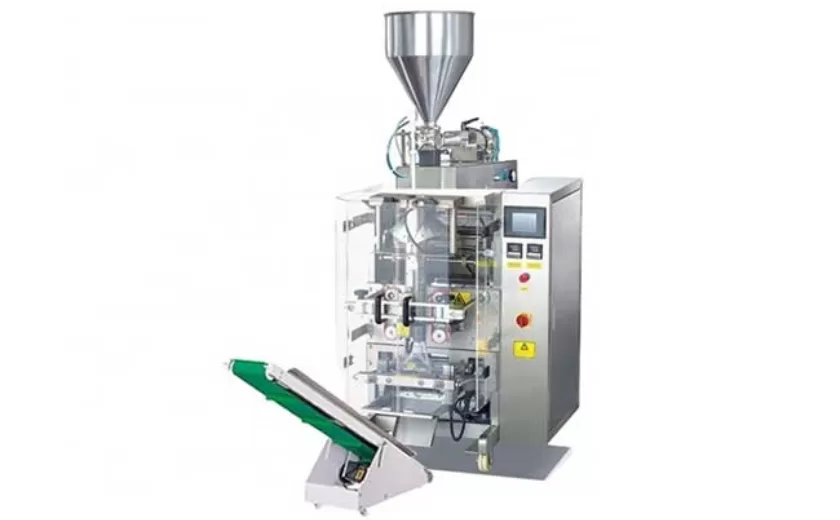
Advanced Packing Solutions: Snacks, Sugar, and Frozen Food Machines
29-10-2025 -
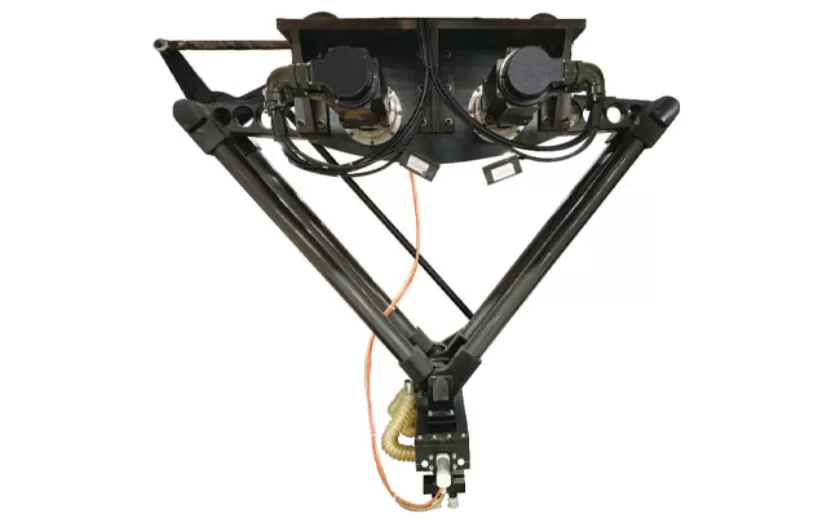
Efficient and Reliable Solutions for Salt, Nuts, and Frozen Dumplings Packing
29-10-2025 -
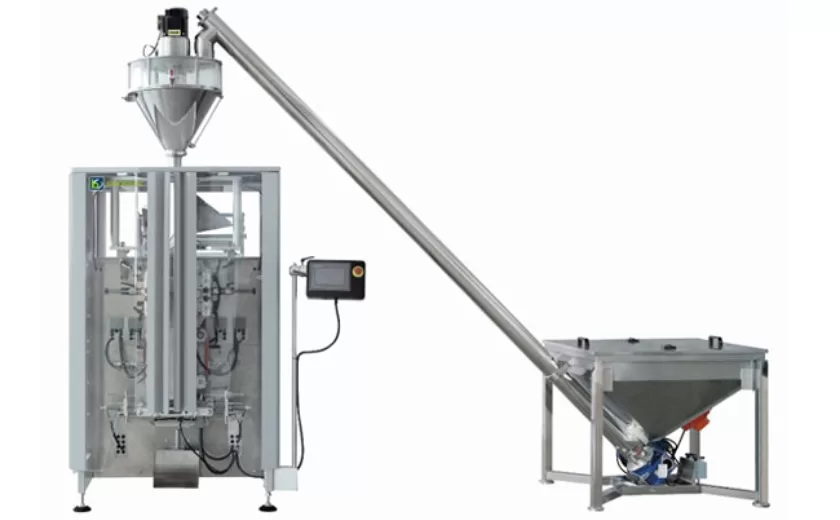
High-Performance Biscuits, Lollipop, and Ketchup Packing Machines for Modern Food Production
29-10-2025 -

Efficient Liquid Filling and Packing Machines for Modern Production
23-10-2025 -
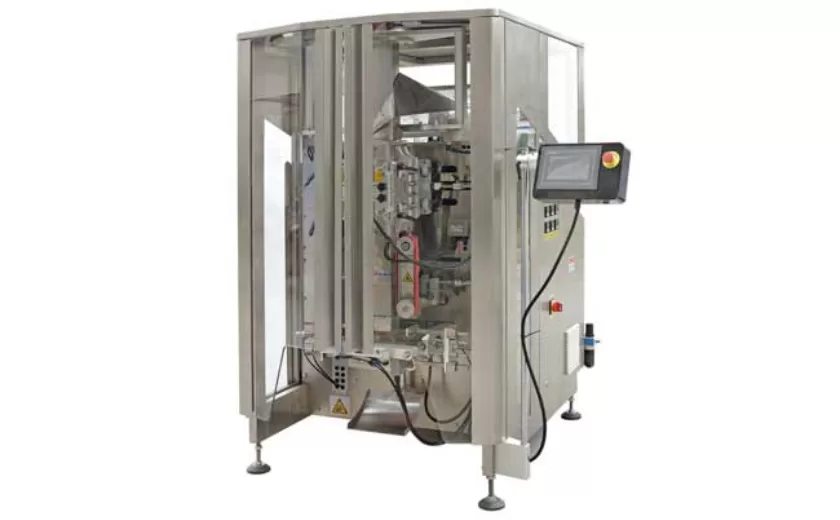
Reliable Granule Packaging Machines for Efficient Production
23-10-2025 -

Efficient Auger Powder Filling Machines for Accurate Packaging
23-10-2025 -

High-Performance Liquid Filling and Packing Machines for Hygienic Production
10-10-2025 -

High-Efficiency Granule Packaging Machines for Precision and Speed
10-10-2025 -

High-Precision Auger Type Powder Filling Machines for Efficient Packaging
10-10-2025 -
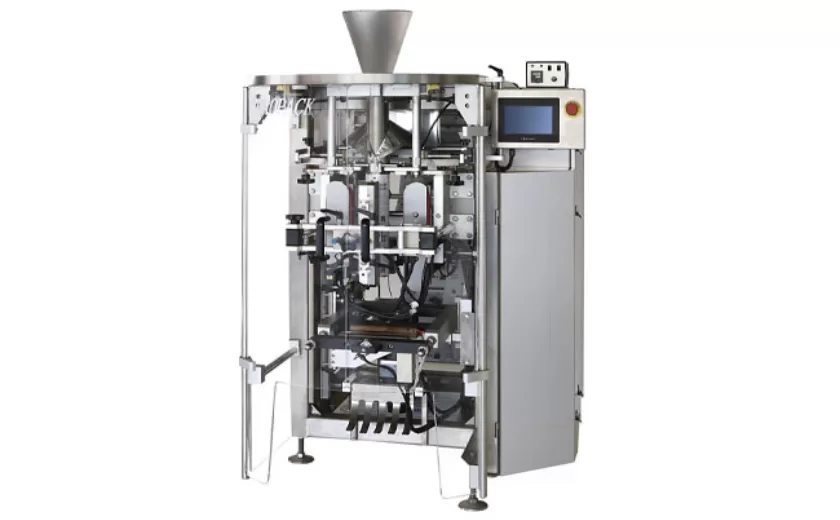
Efficient Vertical Form Fill Seal Packaging Machines for Smart Production
10-10-2025





